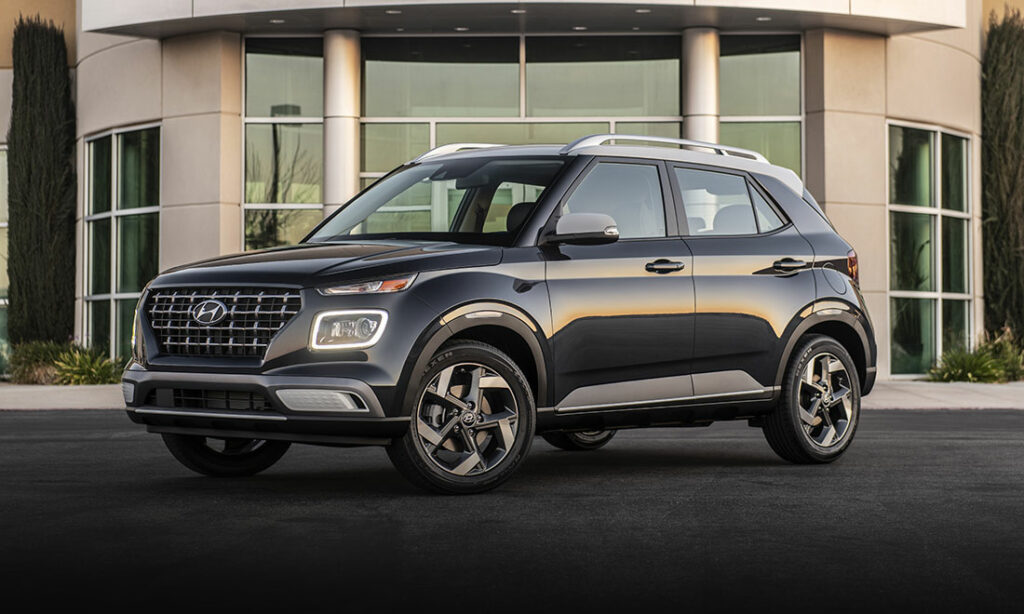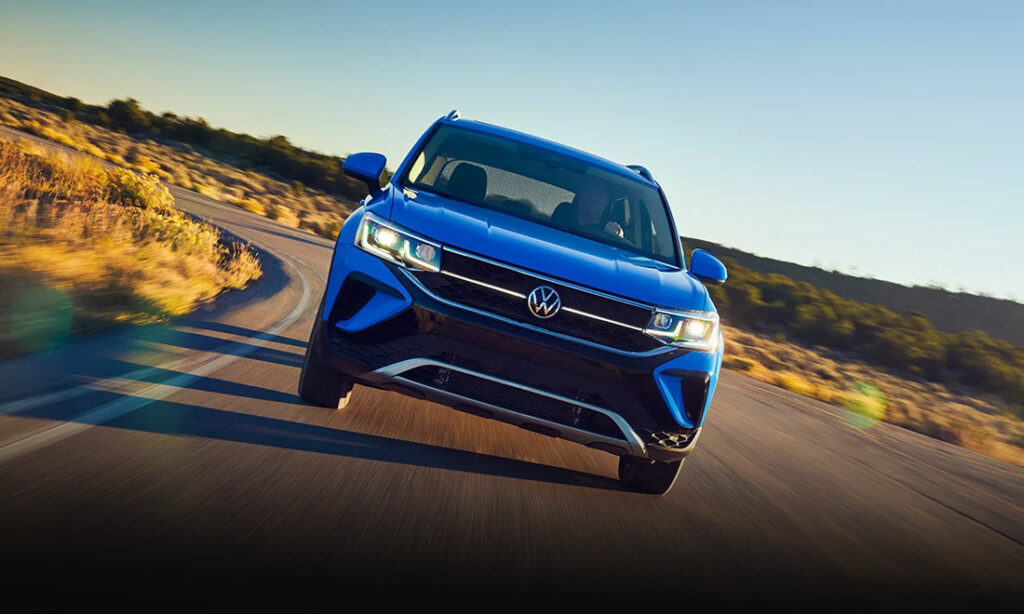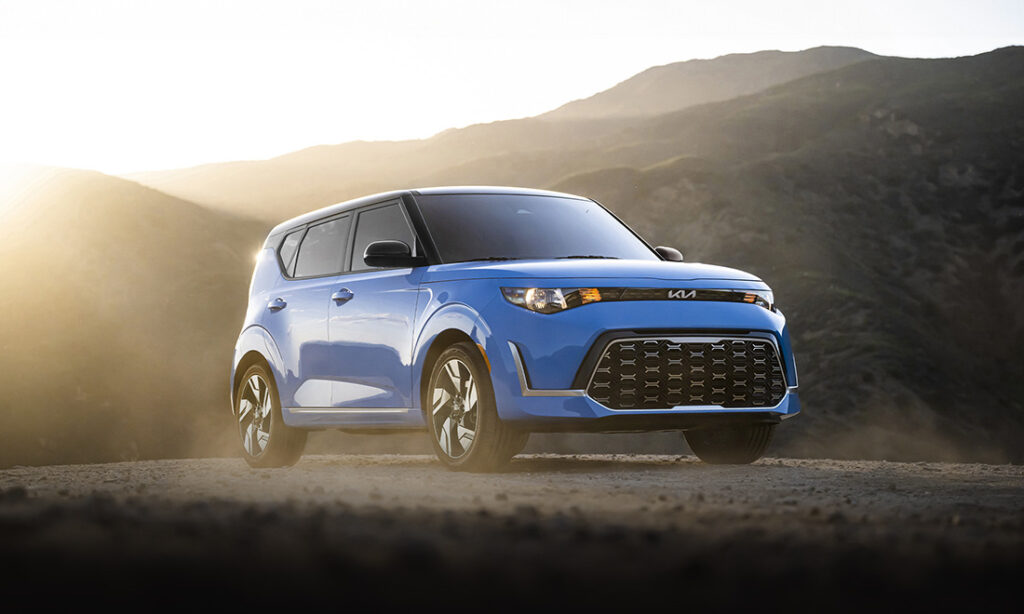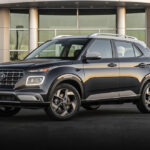GMC Truck Generations: Through the Years
A look back at the history of the GMC truck generations, a long-running model that spans more than a century of continuous production.
GMC Trucks Through the Years
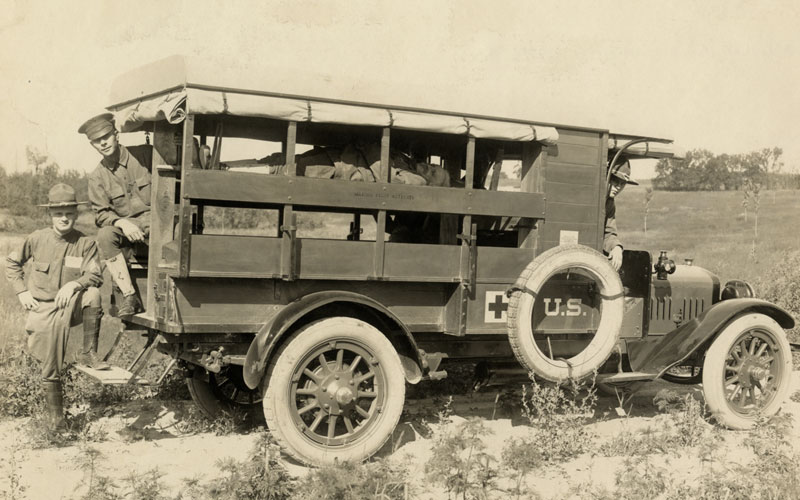
When it comes to automotive longevity, there aren’t too many brands that can claim 111 years of continuous production. But that’s exactly how far back the various GMC truck generations cover. It all started when William C. Durant, co-founder of General Motors, brought two independent truck makers – Rapid and Reliance – under the GM roof in 1909. A few years later, the first GMC-branded truck appeared at the New York Auto Show, and the rest, as they say, is history.
The Early Years
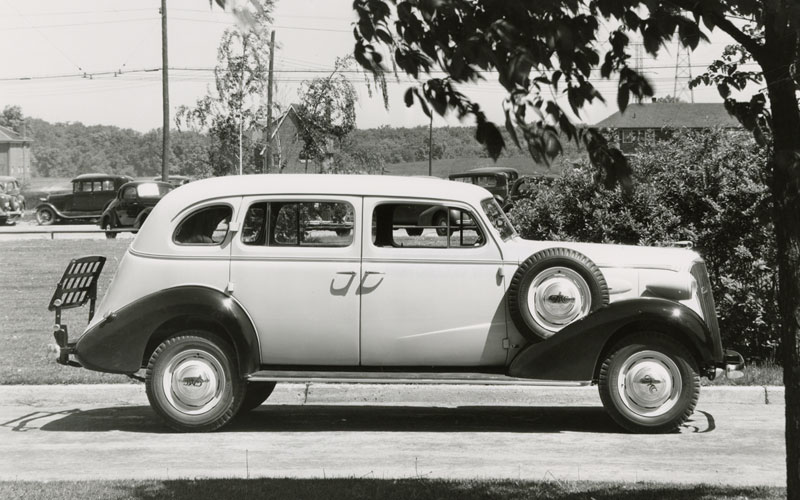
Between 1912 and 1940, GMC trucks varied widely year-to-year and included long stretches of US military production for both World Wars. The trucks from this era were true utility vehicles with a basic two-door cab and a variety of bed configurations. Even then, GMC trucks were upmarket versions of the comparable Chevrolet model with differentiators limited to areas like the front grille.
Highlights include the Model 16, a three-quarter-ton truck with a 35-horse four-cylinder engine made from 1917 to 1926. There was also the GMC Suburban Carryall, a 1937 precursor to the long-running SUV from the modern era with two doors and three rows of seating. Over this span, GMC trucks were built as pickups, panel vans, flatbeds, and more.
GMC C/E Series 1941-1947
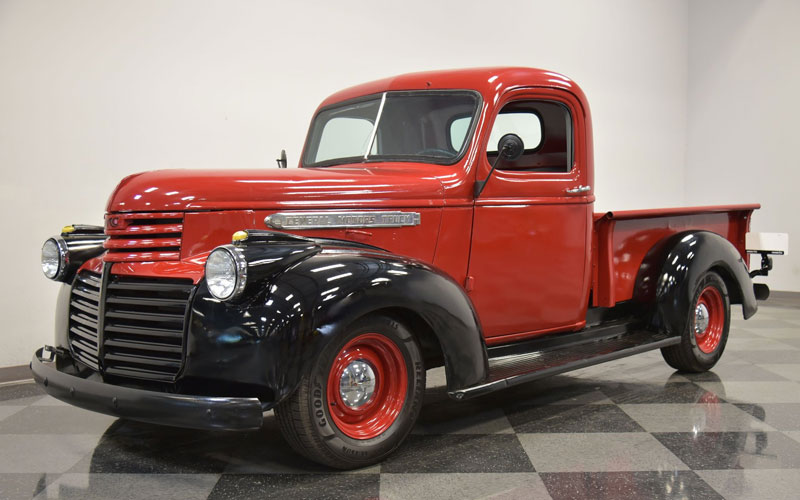
Also known as the “Art Deco” trucks, the C/E series was notable for moving away from looking just like the passenger car lineup as was the case with the long-running Master Series in the 1930s. During this stretch, a 228 CID straight-six and 3-speed manual transmission comprised the powertrain. The main differentiator from Chevy models was that GMC C/E trucks had horizontal grille bars versus vertical on the Chevrolets.
GMC New Design Series 1948-1955
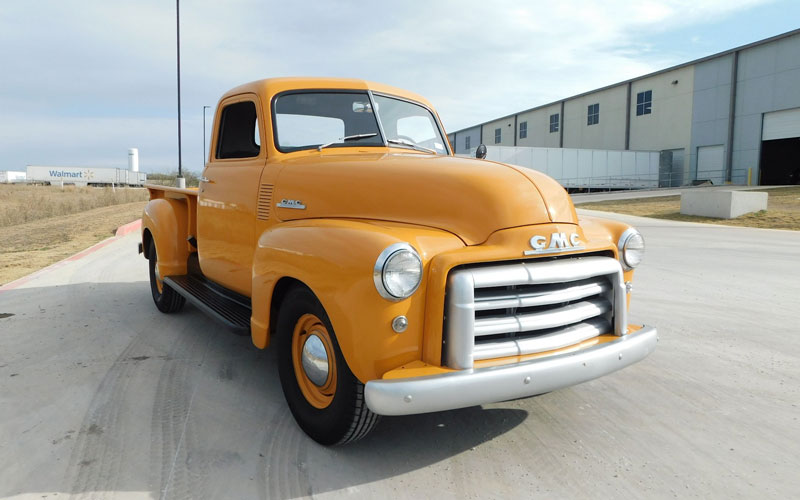
As with the C/E series, GMC New Design trucks bore a strong resemblance to the current Chevy Advance Design counterparts aside from the front grille and badging. This was the first major redesign of the trucks post-WWII and saw radios became available for the first time. In 1954, a curved one-piece windshield replaced the two-panel setup, and power steering was offered for the first time on a GMC truck.
GMC Blue Chip Series 1956-1959
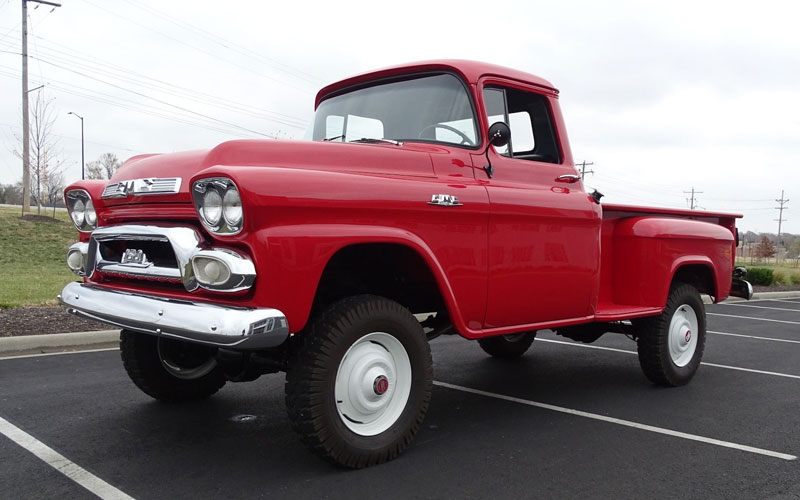
Lining up with the Chevy Task Force generation, the GMC Blue Chip series was now differentiated from its GM stablemate by looks, running gear, and cabins. While Chevrolet was running Chevy engines, GMC used its own inline-sixes and, in a first for the GMC truck generations, a V8 built by Pontiac. Highlights of this generation include the new Wideside pickup bed that pioneered the now familiar straight bed panels as an option and the addition of standard tubeless tires.
C/K Series 1960-2000
This long-running series of GMC trucks are split into four separate generations that collectively ushered in the modern era of GMC trucks where C designates RWD and K designates 4WD.
First Generation 1960-1966
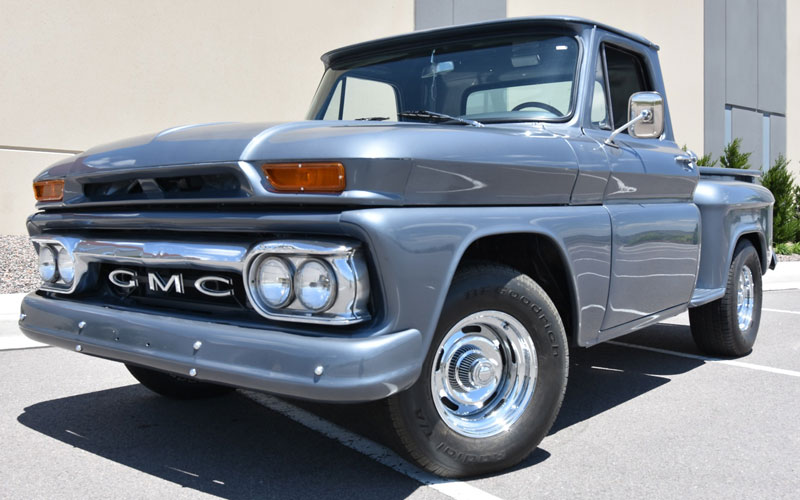
There is no separate moniker for this initial generation that saw GMC trucks officially developed as a truck and no longer sharing componentry with the GM A-body platform. A major change from this period was replacing the traditional beam front axle with an independent suspension. The straight-six was now displacing 230 cubes and a 327 CID V8 was available.
Second Generation 1967-1972
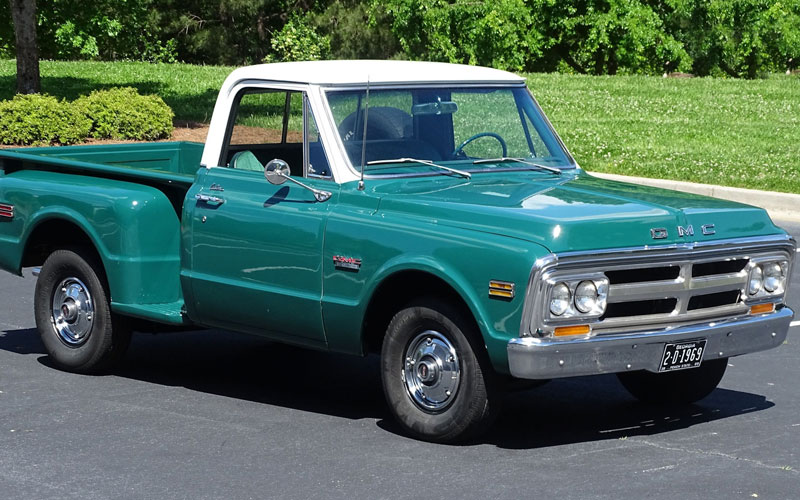
At this point, both Chevy and GMC trucks would share an internal name, which was the Action Line. It featured a new body style and added features from the General Motors car lineup to make the trucks more of a multi-purpose vehicle. This included automatic transmissions, an AM/FM radio, and cabin carpeting. In 1972, the Sierra nameplate showed up for the first time as a top-spec trim line.
Third Generation 1973-1991
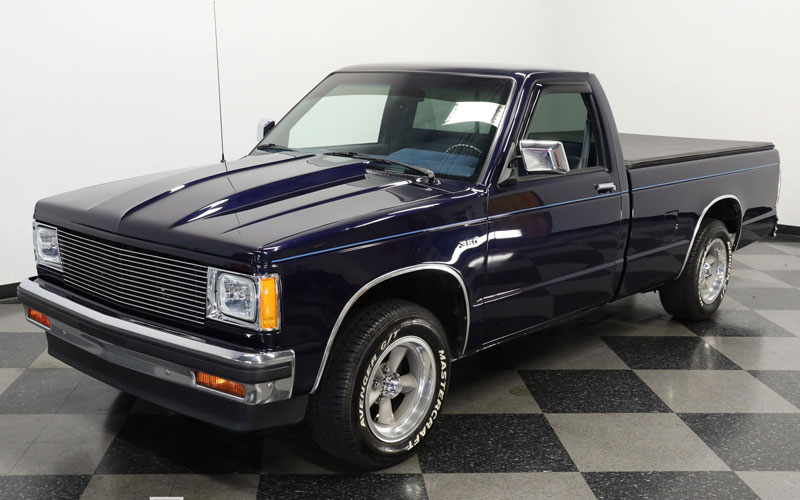
During this Rounded Line generation, GMC revised its truck nomenclature to a four-model lineup – Sierra, Sierra Grande, High Sierra, and Sierra Classic. Along with adding a leaf-sprung rear end to all models, shift-on-the-fly 4WD was introduced in 1991 and additional carlike amenities were made available like power windows and a four-door crew cab.
It was during this generation that the GMC S-15 compact pickup truck arrived. Part of GM’s response to the sales threat posed by imported small trucks, this rebadged Chevy S-10 offers four- and six-cylinder power. It’s perhaps most famous for the one-year-only 1991 Syclone, a 280-horse, limited-run hotrod of a pickup truck.
Fourth Generation 1988-2002
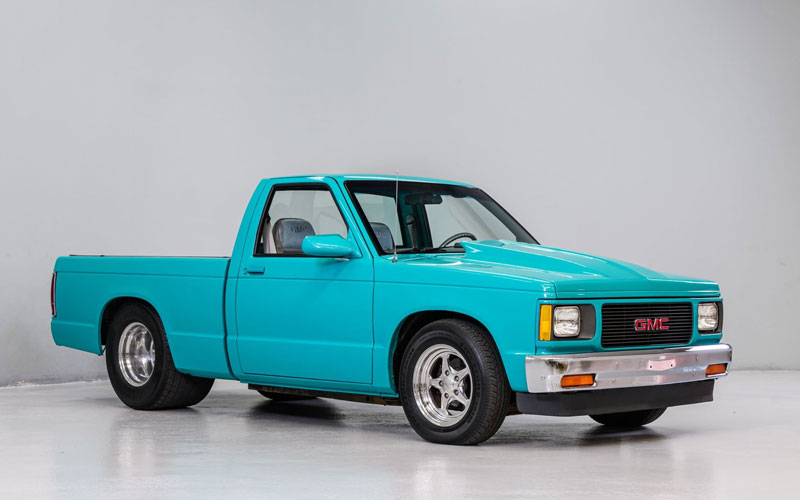
Simply the GMT400 series, this last of the C/K generation overlapped with the Rounded Line as C/K became exclusive to Chevy and Sierra was now the GMC truck going forward. Notably more modern looking, these GMC trucks had a larger cabin compared to the prior models, featured a rear-hinged passenger-side door for the extended cab, and added a standard driver-side airbag in 1998.
About halfway through this fourth generation, the GMC S-15 became the Sonoma, a second-gen compact pickup that featured a new design but shared most underpinnings with the S-15. In 2001, a crew cab configuration was added to the lineup.
GMC Sierra 1998-Present
As with the GMT400, the modern Sierra generations overlapped as GMC phased the old platform out and the new one in. Still mechanically similar to the Chevy Silverado series, as the Sierra ended use of the C/K nomenclature a generation ahead of Chevy, the 1999 model would mark second-gen Sierra production while it was the first generation of Silverados.
Second Generation 1998-2006
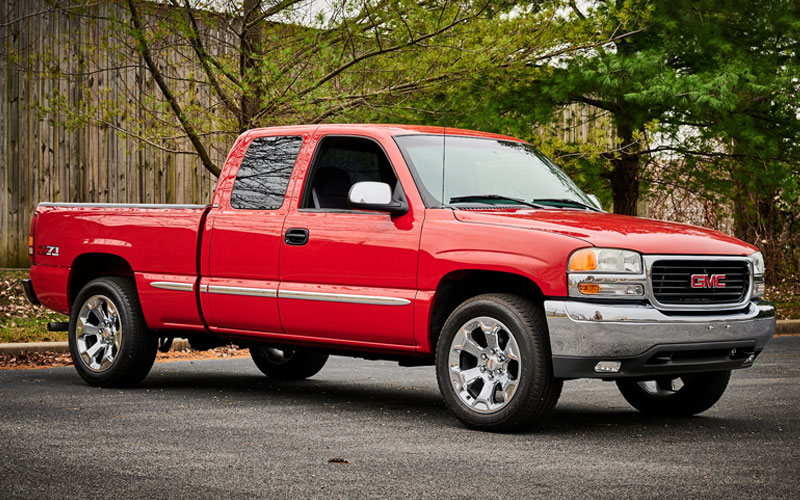
Known as the GMT800 platform, these early Sierras were offered in 1500 light-duty form or as 2500 and 3500 heavy-duty, an identifier that continues to be used today. Along with a 4.3L V6, three Vortec V8s were offered in 4.8L, 5.3L, and 6.0L displacements.
- The 2001 Sierra C3 was an upscale model with more power that became the Denali in 2002 and added Quadrasteer four-wheel steering.
- A 2003 mid-cycle refresh brought a new design inside and out along with E85 flex-fuel capability.
- Between 2004 and 2008, GMC trucks could be had with a hybrid powertrain, the first time this was offered.
- By the end of production, this first-gen series could tow up to 16,700 pounds in 3500HD setup.
- In 2004, the first-gen GMC Canyon replaced the Sonoma with four- and six-cylinder engines. The 5.3 V8 was made available in 2009.
Third Generation 2007-2013
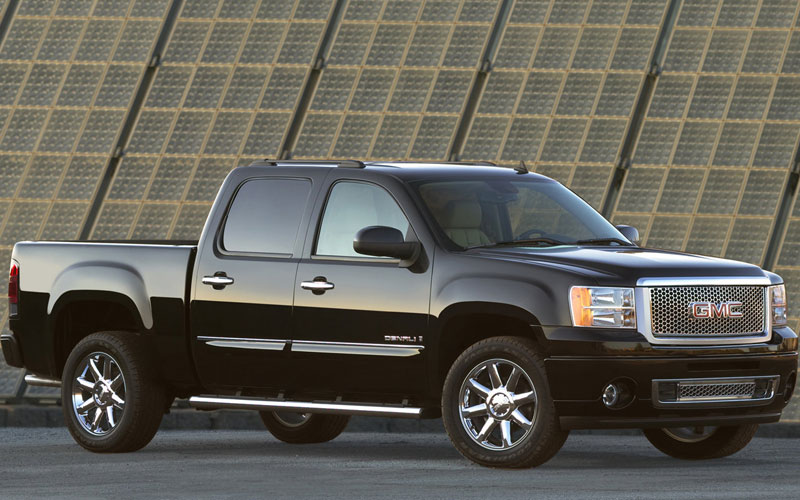
The GMT900 platform was all-new in 2007 with upgraded suspension, more powerful engines, tighter panel gaps, and better aerodynamics versus the prior lineup. It would help this series earn Motor Trend’s Truck of the Year award in 2007.
- Offered in regular, extended, and crew cabs, this GMC truck generation saw the Denali more closely resemble its SUV counterpart with a billet front grille and 6.2L V8 rated for 403 hp and 417 lb-ft of torque.
- Gen IV small-block V8s arrived with Active Fuel Management, a cylinder-deactivation system, on the 5.3L and 6.0L engines.
- The second-gen hybrid was in production until 2013 and the manual transmission was discontinued.
- A 2009 refresh brings a new front-end look, standard Bluetooth connectivity on SLT and Denali trim, and an integrated trailer brake controller on the 1500 lineup.
- For 2011, HD models receive a new fully-boxed high-strength steel (HSS) frame front-to-back for improved stiffness.
Fourth Generation 2014-2018
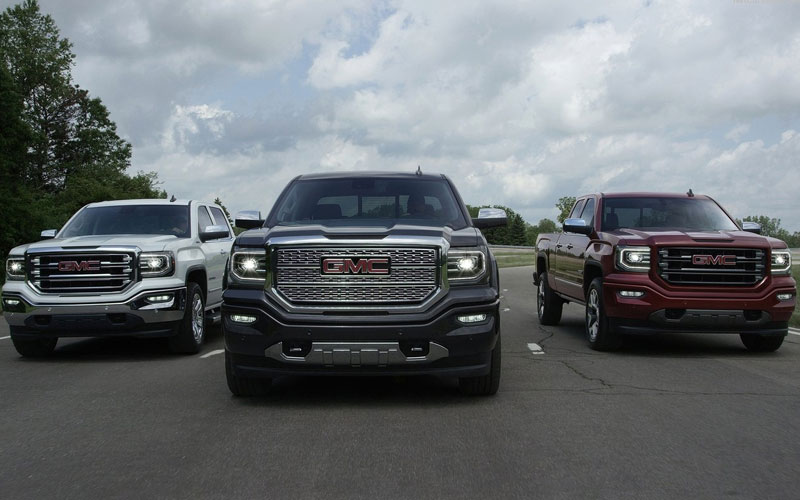
The K2XX platform Sierra saw the addition of a Duramax 6.6L turbodiesel inline-6 to the lineup. GM’s MyLink infotainment system became widely available with Bluetooth, USB ports, an input for iPhones, and standard OnStar telematics.
- A new hydroformed frame and the addition of HSS to the cabin frame along with the use of aluminum in the hood, engine block, and control arms improved rigidity while saving weight over the prior generation.
- In 2015, a new 8-speed automatic was paired with the 6.2L V8 and the Sierra heavy-duties became the first in the segment to offer adaptive cruise control, forward collision warning, and a lane departure warning.
- Also in 2015, an 8-inch digital gauge cluster and matching infotainment touchscreen were made available.
- A comprehensive refresh in 2016 updated the exterior look, brought Apple CarPlay and Android Auto as well as an eAssist Mild Hybrid variant.
- Automated emergency braking was added to the Driver Alert package along with the Rear Seat Reminder and Teen Driver technologies in 2017.
- The second-gen Canyon debuted in 2015 more closely resembling the Sierra. It offered a 2.5L inline-four, 3.6L V6, and a Duramax 2.8L turbodiesel six-cylinder.
Fifth Generation 2019-Present
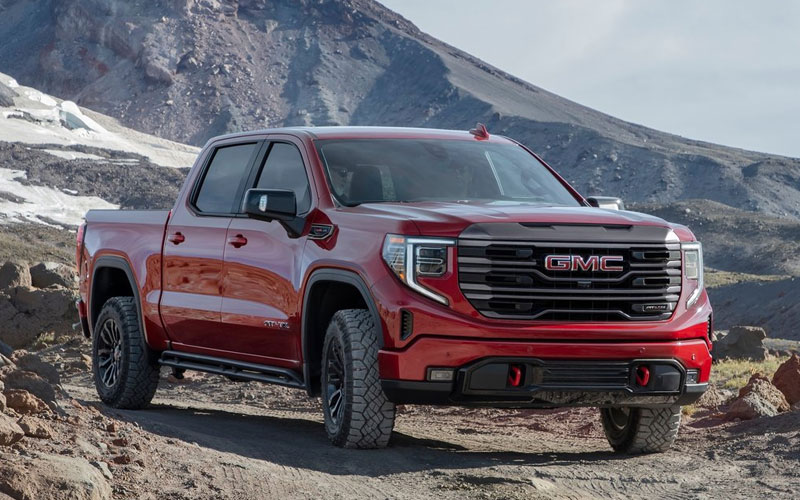
The latest GMC truck generation, the T1XX, arrived with a host of powertrain options that included a 285 hp 4.3L V6, a 310 hp turbocharged 2.7L inline-4, a 355 hp 5.3L V8, a 420 hp 6.2L V8, and a torquey Duramax 3.0L turbodiesel inline-six. Transmission options included a 6-, 8-, and 10-speed automatic.
- The latest infotainment system brought a standard 7-inch touchscreen, an available 7-speaker Bose stereo system, and a surround-view monitor.
- The new Sierra 3500HD was rated for a whopping 35,500 pounds of towing.
- Unique to the GMC lineup was a new multi-function tailgate, a bed produced from carbon fiber, a head-up display, and a digital rearview mirror.
- Available luxuries included climatized front seats, a heated steering wheel and rear seats, and remote engine start.
- For 2021, wireless smartphone mirroring was added along with new towing technology like a jack-knife alert and trailer length indicator.
- A 2022 refresh added the AT4X trim to go along with the Silverado ZR2 and a new, ultra-luxurious Denali Ultimate model. Super Cruise semi-autonomous driving tech was offered along with a 13.4-inch infotainment display.
- Our review of the latest 2023 GMC Sierra reveals a truck that continues to show its luxury side.
- For details on how the modern GMC Canyon stacks up, check out our 2018 vs. 2023 comparison.


